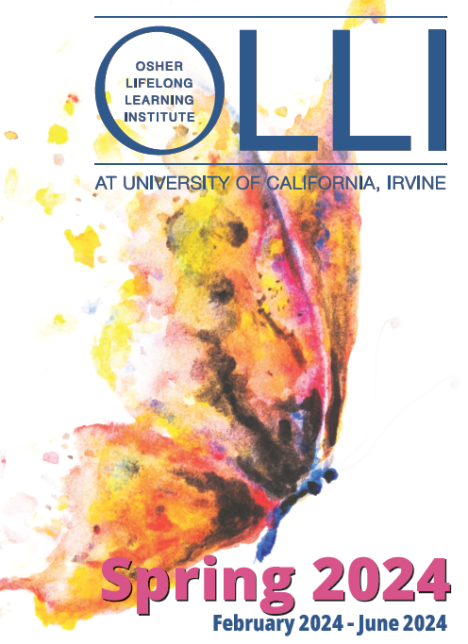The presentations from the June 6 and June 13 classes are now available. Please refer below for the links to open both presentations: Robotic Space Exploration II and Robotic Telescopes.
 Presenter/Developer: Philip W. Garrison retired in 2010 as Deputy Director for Engineering and Science at the NASA Jet Propulsion Laboratory in Pasadena. In this role, Phil was involved in all ongoing JPL missions. During his 30 years at JPL, Phil was involved in all aspects of robotic science mission design, implementation and management and in the advanced technology to enable these missions.
Presenter/Developer: Philip W. Garrison retired in 2010 as Deputy Director for Engineering and Science at the NASA Jet Propulsion Laboratory in Pasadena. In this role, Phil was involved in all ongoing JPL missions. During his 30 years at JPL, Phil was involved in all aspects of robotic science mission design, implementation and management and in the advanced technology to enable these missions.
Our knowledge of the universe has expanded exponentially during the last 50 years and robotic science missions have played a major role in this endeavor. Examples include the Nobel Prize winning Hubble Space Telescope discovery of the universe’s accelerating expansion, Kepler’s discovery of thousands of planets orbiting other stars (exoplanets), finding the seeds of cosmic structure in the cosmic microwave background, Dawn’s imaging and detailed study of the asteroid Vesta, extensive and ongoing characterization of the planet Mars, and major advances in understanding the Earth’s carbon cycle, water and energy cycles, global precipitation, cloud dynamics, soil moisture, and ocean dynamics.
This talk provides a programmatic overview including how missions are selected and implemented. The processes by which missions are designed, system engineered, developed and tested to meet science objectives within cost, reliability and schedule constraints are described. Operating spacecraft for decades at distances with round trip signal times of minutes to hours presents unique challenges. The role of technology in such missions is discussed including ongoing technology development activities and the payoff for future missions. Finally, examples of the science return from ongoing missions, including the Mars Science Laboratory (Curiosity rover) are presented.
Class Presentations:
Dates/Time: Thursdays, June 6 and13
Filed under: CLASS PRESENTATIONS, CLASS HANDOUTS, SC - Spring 2013, Sciences (SC) |














I notice this was posted June 19, the class presentations were June 6 and 13. Was there any point in the posting?
LikeLike
Bill,
Thank you for your question. The class presentations are given to us to post to the blog – after the class(es) complete. Many people still view the presentations after the class meets.
LikeLike